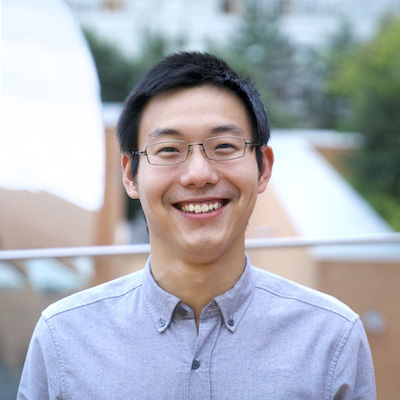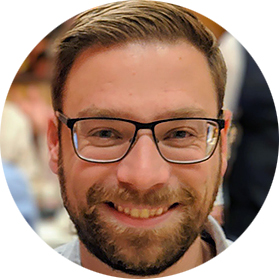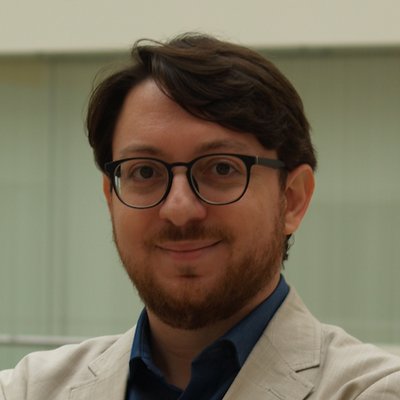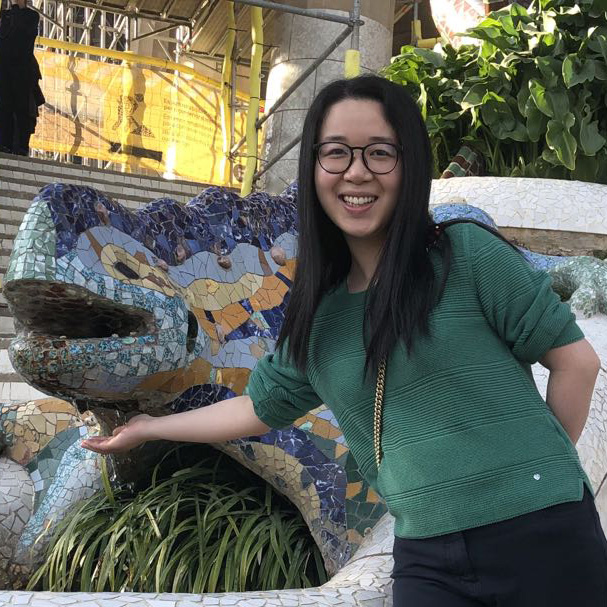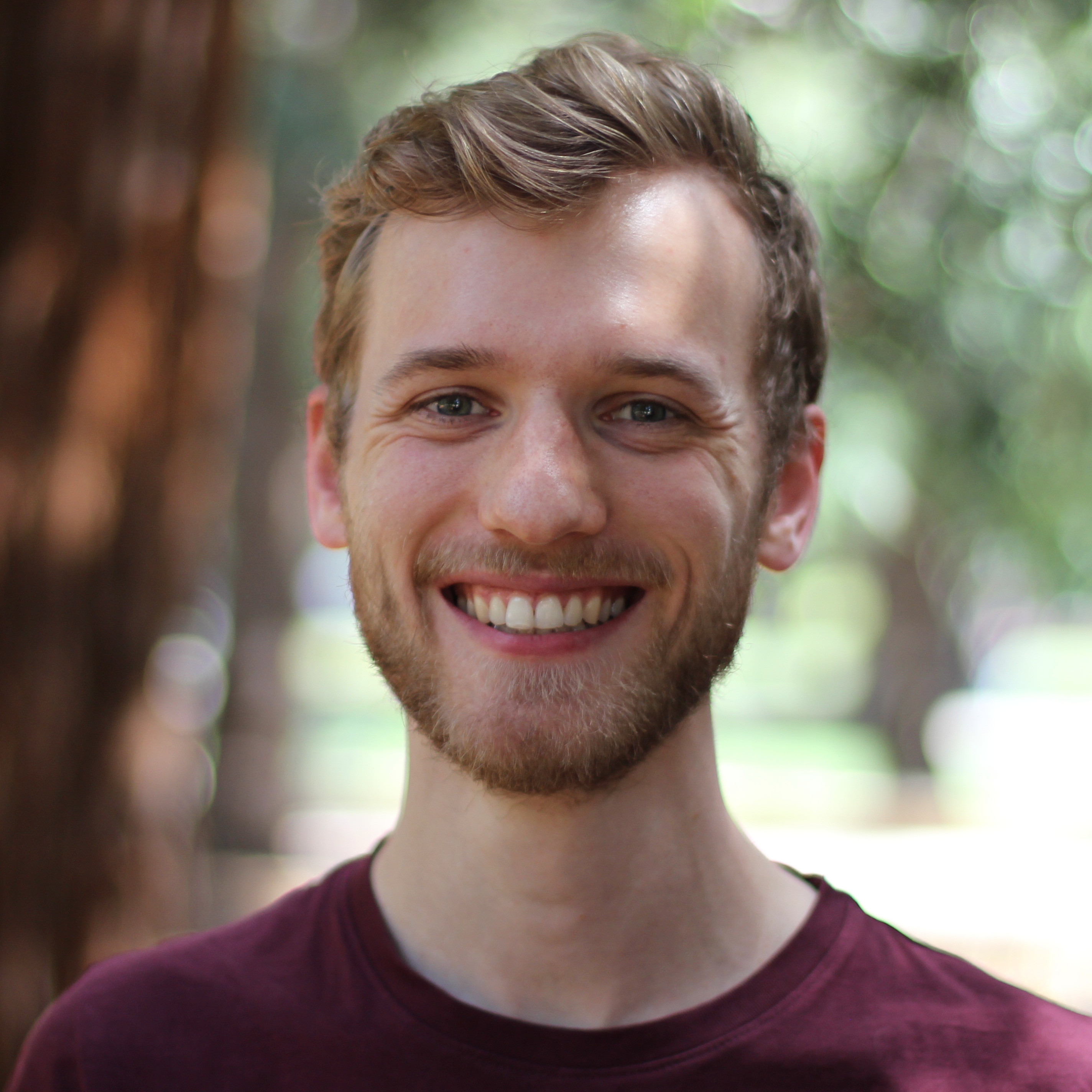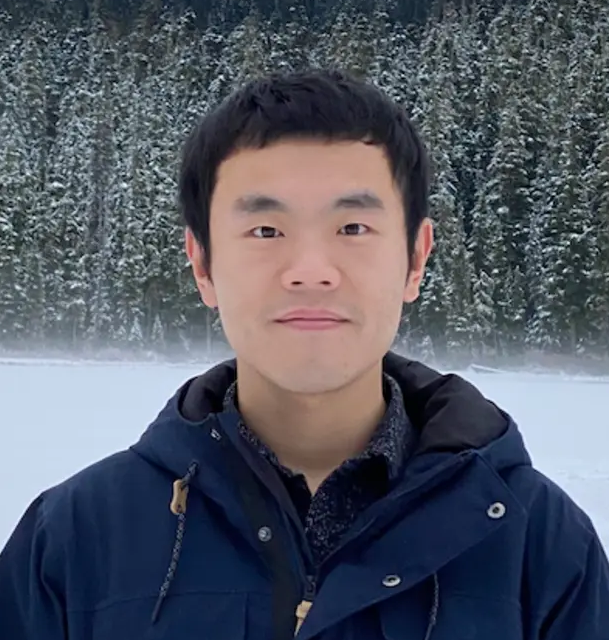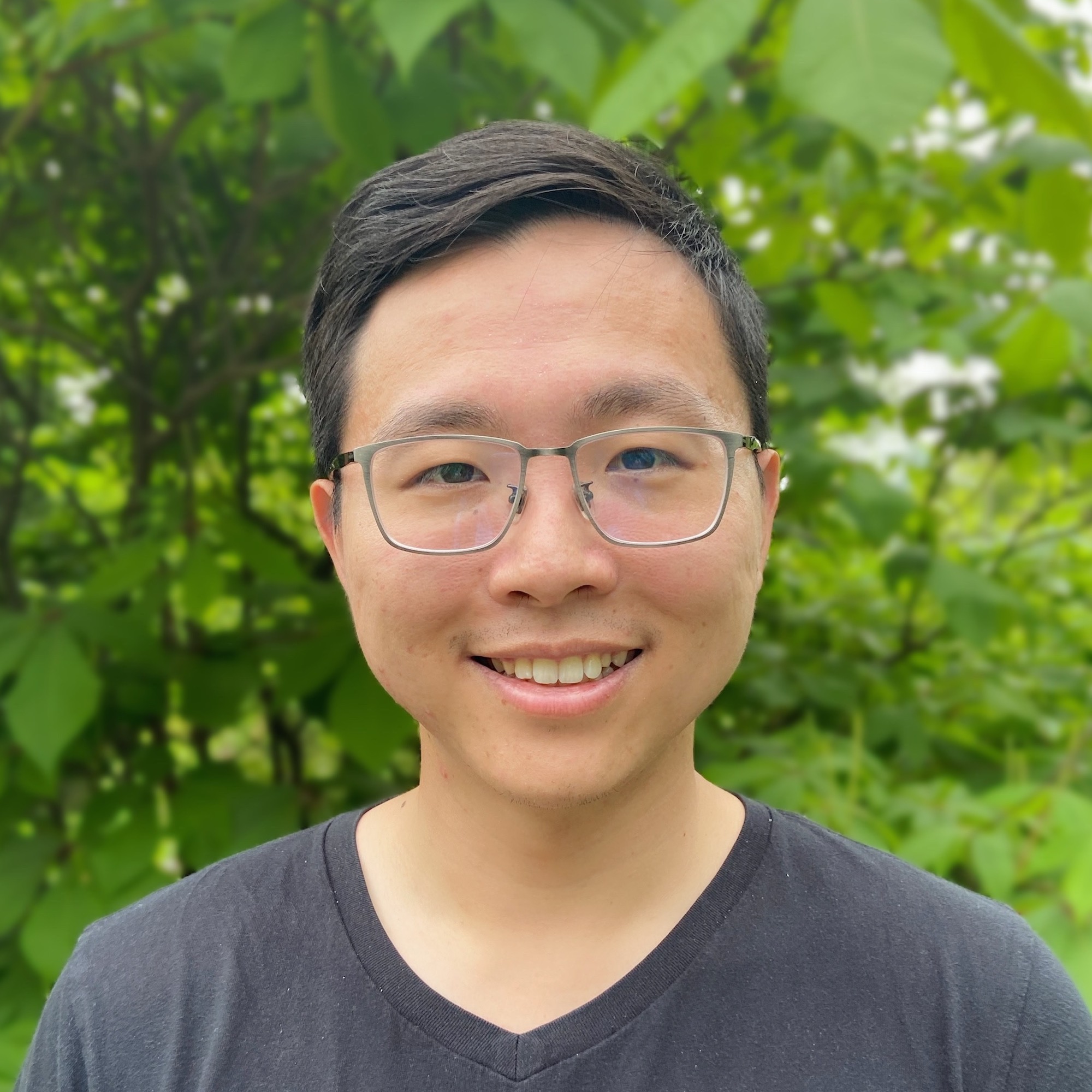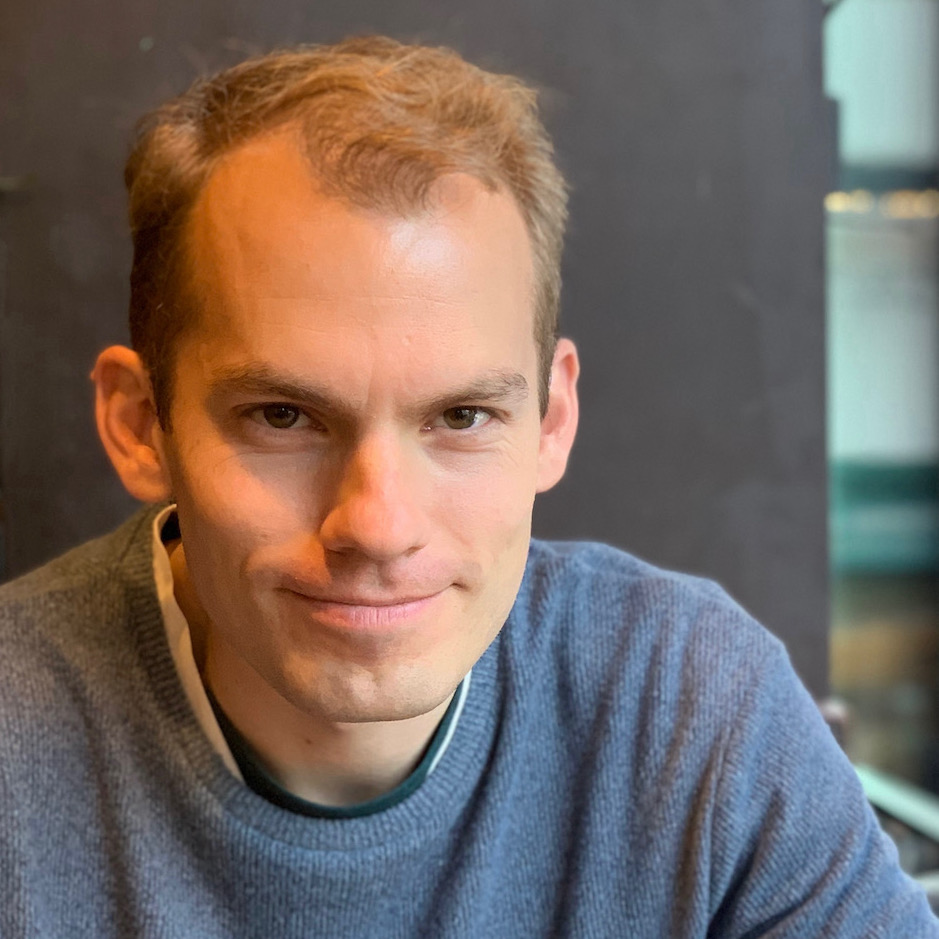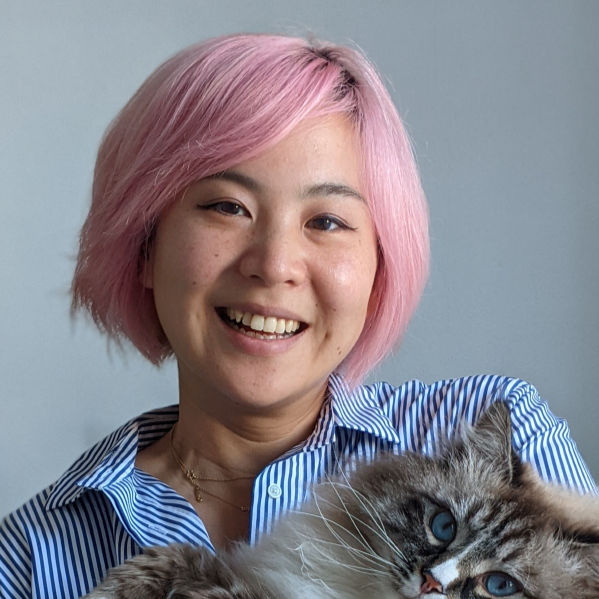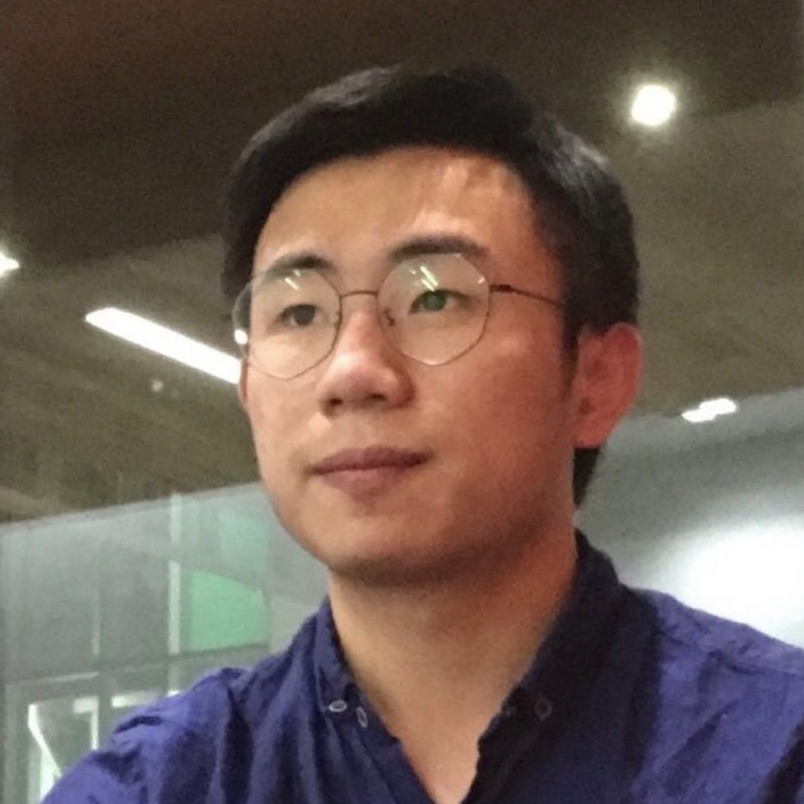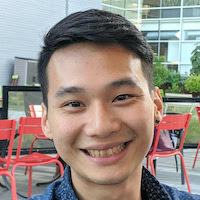The ICCV 2023 Neural Fields for Autonomous Driving and Robotics Workshop (neural-fields.xyz) is scheduled for October 3rd at the Paris Convention Center, France. This workshop aims to bring together researchers from machine learning, computer vision, computer graphics, and robotics to exchange ideas and discuss the current progress of neural fields in autonomous driving and robotics.
This workshop is intended to:
- Explore potential areas in robotics where neural fields are better suited
- Highlight the limitations of neural fields and discuss instances where neural fields have failed
- Provide an opportunity for the ICCV community to discuss this exciting and growing area of research
We welcome paper submissions on all topics related to neural fields for autonomous driving and robotics, including but not limited to:
- Neural fields for autonomous driving
- Neural fields for scene reconstruction
- Neural fields for robotic perception
- Neural fields for decision making
- Self-supervised learning with neural fields
- Generalizable neural fields for robotics
- Neural fields as data representations
- Neural SLAM
We eagerly anticipate your contributions to this significant dialogue in neural fields for autonomous driving and robotics.
